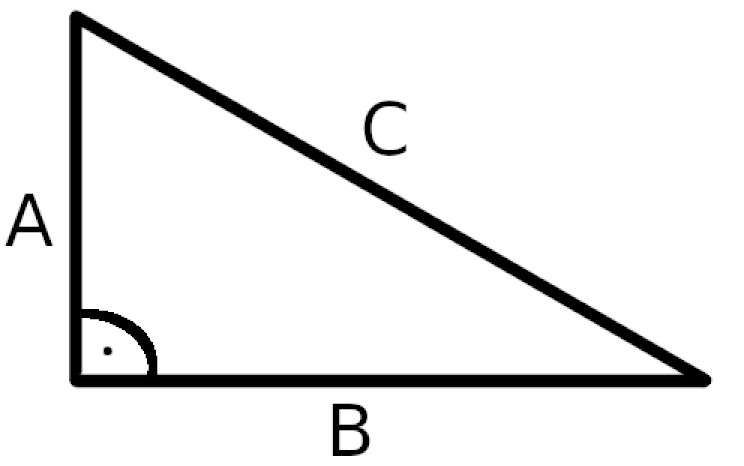Pythagorean Theorem Calculator

The Pythagorean Theorem is a fundamental relation in Euclidean geometry among the three sides of a right triangle. It states that the square of the hypotenuse (the side opposite the right angle) is equal to the sum of the squares of the other two sides. The theorem can be written as an equation relating the lengths of the sides a, b and c, often called the Pythagorean equation:
a2 + b2 = c2
where c represents the length of the hypotenuse, and a and b represent the lengths of the other two sides.
Use this Pythagorean Theorem Calculator to find the hypotenuse length of a right-angled triangle. Enter the values of the two sides and click on the "Calculate" button to get the hypotenuse length.
For example, if the height (a) is 3 and the base (b) is 4, the hypotenuse (c) will be 5.
32 + 42 = 52
9 + 16 = 25
25 = 25
So, the hypotenuse length is 5.
Similarly, you can find the hypotenuse length by entering the values of the other two sides. If you enter the values of the hypotenuse and one side, the calculator will calculate the length of the other side.